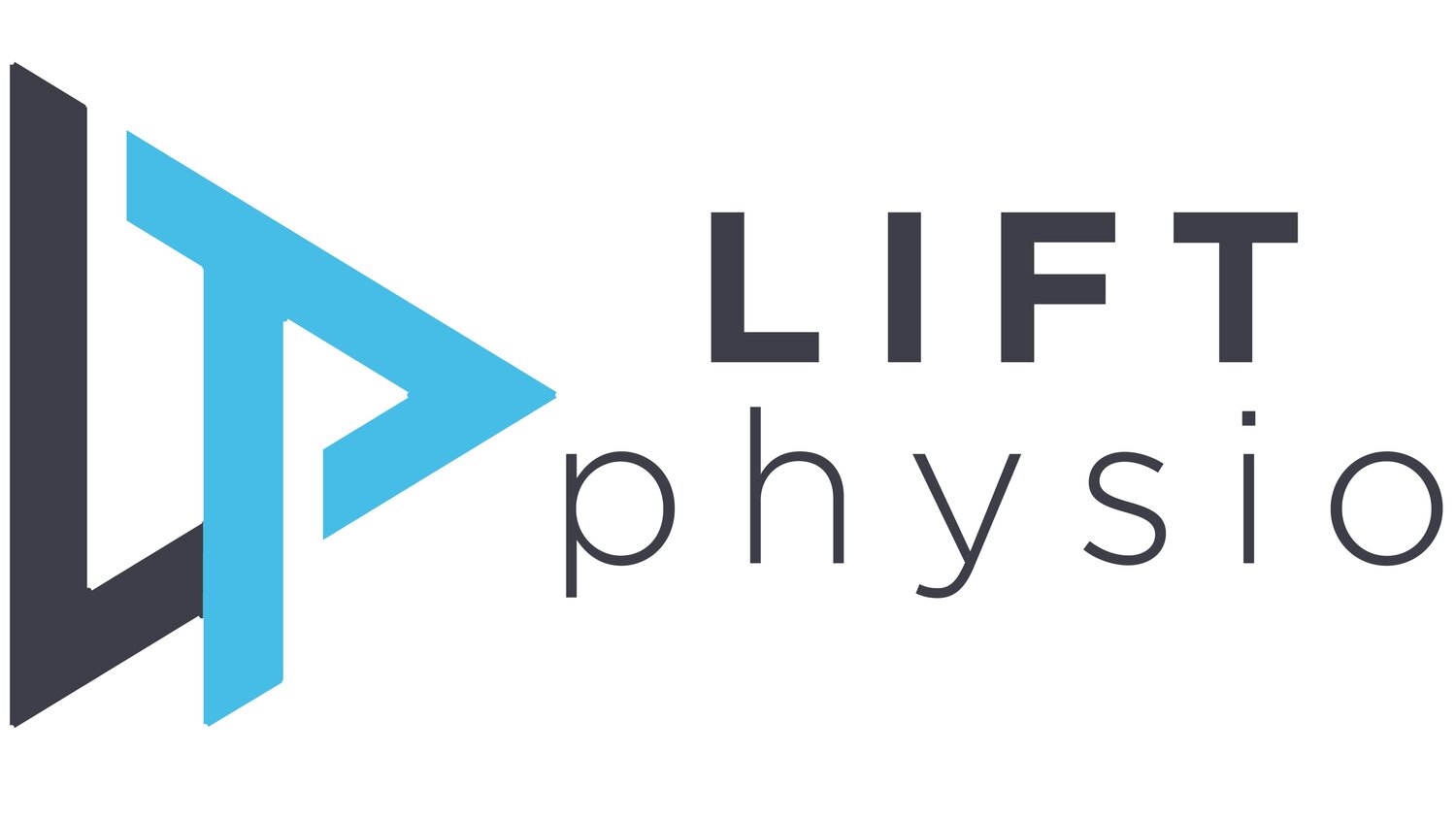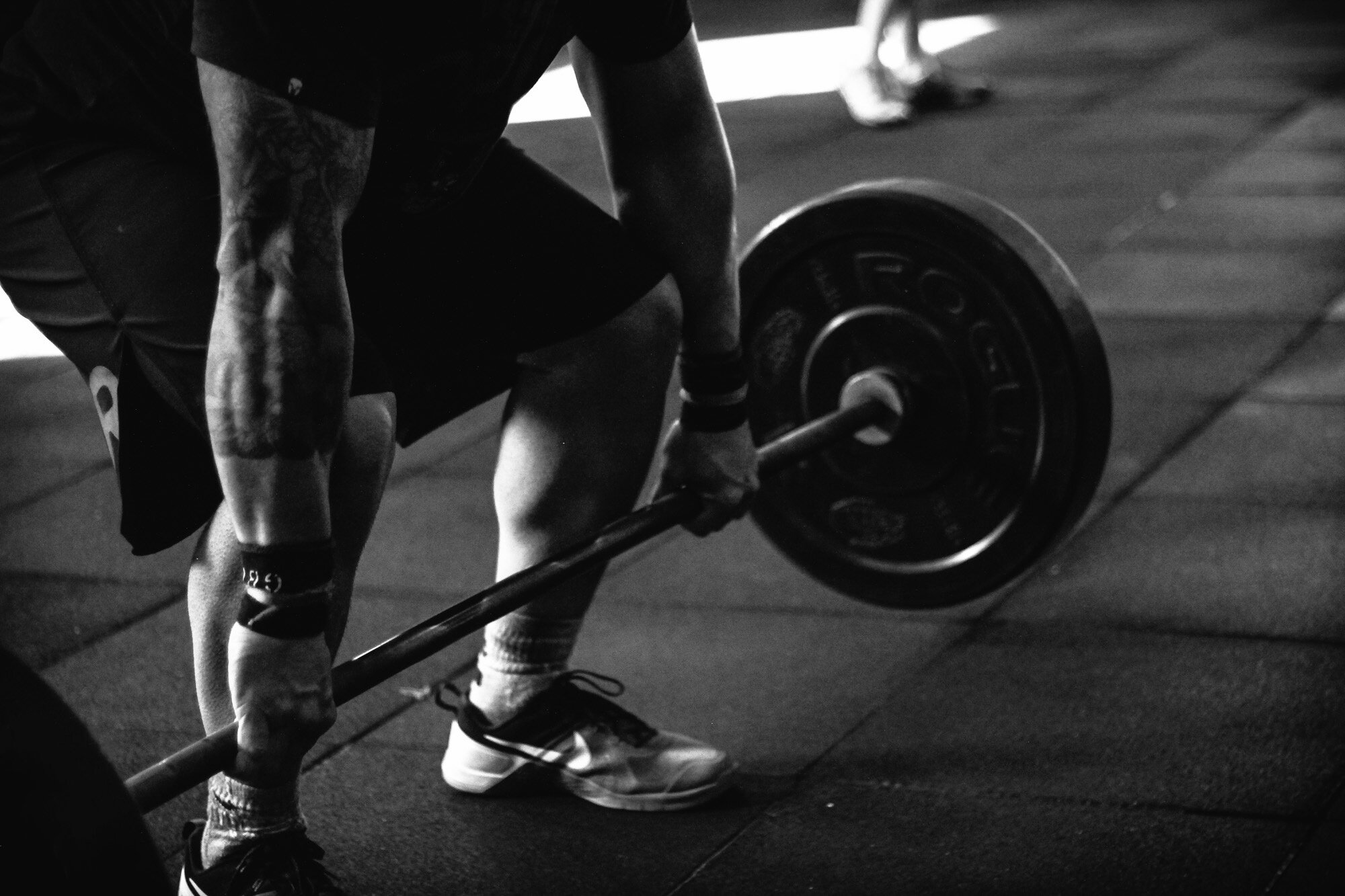The Truth About Lower Back Pain After Deadlift.
Is it OK to round your lower back when you lift?
The great debate on lower back pain and why it may not be as black and white as you think.
“Chest up, back straight, bend at the knees.”
This is what we have all been taught for many years, either at work or at the gym, in order to prevent low back injuries. However, recent research has thrown all of this into question.
Lower back pain is the leading cause of disability globally. So it makes sense that we want to do everything possible to prevent lower back injuries at work, at home, and when we’re training.
A recent systematic review and meta analysis looked into whether rounding your lower back whilst lifting is actually a risk factor for lower back pain. This study, which compared 12 independent research papers found that there is no relationship between rounding the lower back during lifting and the onset or persistence of low back pain.
These findings suggest that the recommendations to avoid lumbar spine flexion whilst lifting is not actually necessary, and that the advice to keep a straight back may actually increase fear of movement and movement avoidance, resulting in decreases in overall physical activity.
“Lower back pain is the leading cause of disability globally.”
There were however a number of limitations with this study which need to be considered. One major limitation was that the overall quality of these 12 studies was quite low and with a high risk of bias. Not only that, but the actual weight that was lifted in these studies was also quite light, and was done so in a clinical, highly controlled setting.
It makes sense that lifting light loads is relatively safe and doesn’t require you to keep a straight back - after all, our spine is a strong, robust structure. But what about if the load starts to become highly repetitive, sustained, or heavy?
The results of this research may not carry over as the load being lifted increases or becomes more repetitive or sustained for a long period of time.
Therefore - this research does not mean that you can walk into the gym and start lifting heavy with no concern for your lifting technique. You may get away with lifting heavy with poor form for a while, but eventually it will catch you out - this is because we all have a limit, and ideally we should spread the load as evenly as possible to minimise risk.
We still encourage good lifting technique - meaning we should move towards more neutral spine positions especially as we start to lift heavier, in order to distribute the load evenly and reduce injury risk.
Is Back Soreness After Deadlifts Normal?
If you're new to lifting, you might be wondering if the back soreness you're feeling after deadlifts is normal. The answer is yes... and no. It depends on what type of pain you're experiencing.
It's normal to feel some soreness in your back after deadlifts, but there's a difference between delayed onset muscle soreness (DOMS) and injury pain. DOMS is a result of your muscles adapting to the new stress of lifting weights, and it usually goes away after a few days.
DOMS is caused by microscopic tears in your muscles, and it's actually a sign that your muscles are getting stronger. The best way to deal with DOMS is to keep moving - try going for a light walk or doing some gentle stretching.
Injury pain, on the other hand, is a sign that something is wrong. If you're experiencing pain that persists for more than a few days or gets worse instead of better, it's time to see a physio. With proper treatment, you can get your deadlift game back on track without putting your health at risk.
How to Fix Lower Back Injuries After Deadlifting.
If you've ever suffered from lower back pain after deadlifting, you're not alone. It's a common problem for weightlifters, and one that can be difficult to fix. There are a few different things that can cause lower back pain after deadlifting, and the best way to fix it depends on the underlying cause.
Here are a few of the most common causes of lower back pain after deadlifting, and how to fix them.
One common cause of lower back pain after deadlifting is weak lower back muscles. If your lower back muscles are weak, they'll be more susceptible to injury when you're lifting heavy weights. The best way to fix this problem is to strengthen your lower back muscles through exercise. Exercises like supermans and bird dogs are great for strengthening the lower back.
The Healing Process
The lower back is composed of several different structures, including the vertebrae, intervertebral discs, muscles, ligaments, and nerves. When one of these structures is injured, it can cause a lot of pain and discomfort. The good news is that most lower back injuries will heal with time and appropriate treatment. However, the healing process can vary depending on the specific structure that has been injured, as well as other factors such as previous injury, age, and your specific treatment goals.
In general, the goal of treatment is to reduce inflammation and pain while promoting healing. Depending on the severity of the injury, this may involve a combination of rest, ice, heat, physical therapy, and medications. Most people will start to see some improvement within a few days to weeks, but it may take longer for the full effects of treatment to be felt.
Lower back injuries are fairly common among weightlifters, especially those who deadlift. The good news is that most lower back injuries will heal with time and proper treatment.
With patience and dedication to your rehabilitation, you will eventually get back to pain-free lifting. So don't give up hope - the road to recovery may be long, but it's worth it in the end.
Focus on technique
1. Start with the barbell on the floor, just in front of your feet .
If you want to lift heavy weights safely, then you need to keep the bar close to your body during the Deadlift. Many people make the mistake of letting the bar drift away from their centre of gravity, which puts unnecessary stress on their back and shoulders. This can lead to injury, so it's crucial that you keep the bar close to your hips and core throughout the entire lift.
2. Bend at your hips and knees, and grab the bar with an overhand grip
Deadlifting is a great exercise for building strength and muscle, but it's important to do it correctly in order to avoid injury. One of the most important aspects of proper deadlift technique is bending at the knees and hips instead of leaning forward from the waist. This keeps the spine in a neutral position and prevents strain on the lower back. Bending at the knees and hips also allows you to generate more power by using your legs as well as your upper body. When done correctly, the deadlift is an excellent exercise for building strength, but be sure to keep good form in mind in order to stay safe and avoid injury.
Using an overhand grip helps to ensure that the weight is evenly distributed throughout the hand, which reduces the risk of injury. It also allows for greater control over the bar, making it easier to maintain good form throughout the entire lift. Finally, an overhand grip gives you a stronger pull on the bar, allowing you to lift heavier weights and build more muscle.
3. Lift the barbell off the floor by pushing with your heels
One of the most important things to keep in mind when deadlifting is to push with your heels, not your toes. This may seem like a small detail, but it can make a big difference in your form and the amount of weight you can lift. When you push with your heels, you're engaging your whole body - legs, back, and arms - to lift the weight. This gives you more power and allows you to lift more weight. If you try to lift the weight with your toes, you'll put unnecessary strain on your back and increase your risk of injury. So next time you're deadlifting, remember to push with your heels - it'll help you stay safe and lifting heavier weights.
4. Pause at the top of the lift, and then lower the barbell back to the floor
If you're a weightlifter, chances are you've been told to pause at the top of the lift when deadlifting. But why is this important? Here are a few reasons:
First, pausing at the top ensures that you're using the right muscles. If you don't pause, you may be tempted to use momentum to get the bar up, which can lead to injury.
Second, pausing helps to build muscle strength. When you pause at the top of the lift, you're effectively holding the weight in place, which challenges your muscles and helps to build strength.
The long game - Getting Stronger to Reduce Future Injuries
When it comes to deadlifting, core strength is essential. The core muscles help to stabilize the spine and keep the body in alignment when lifting heavy weights. Without a strong core, it would be very difficult to maintain good form and avoid injury. In addition to working on core stability exercises, it is also important to focus on developing strength in the legs and back. These muscles work together to generate the power needed to lift a heavy weight off the ground. By increasing strength in all of these areas, you will be able to Deadlift safely and effectively.
If you're experiencing lower back pain after deadlifting, it may be due to a number of different factors. Be sure to consult with a physical therapist to determine the root cause of your pain and find the best solution for you. In the meantime, make sure you're following proper lifting form and using correct weight amounts so that you can continue Deadlifting without risking further injury.
References:
Placing the global burden of low back pain in context.
https://www.ncbi.nlm.nih.gov/pubmed/24315140
To Flex or Not to Flex? Is There a Relationship Between Lumbar Spine Flexion During Lifting and Low Back Pain? A Systematic Review With Meta-analysis
https://www.jospt.org/doi/abs/10.2519/jospt.2020.9218
A rounded back is just as efficient and safe as a straight posture and bent knees when it comes to heavy lifting, study finds





